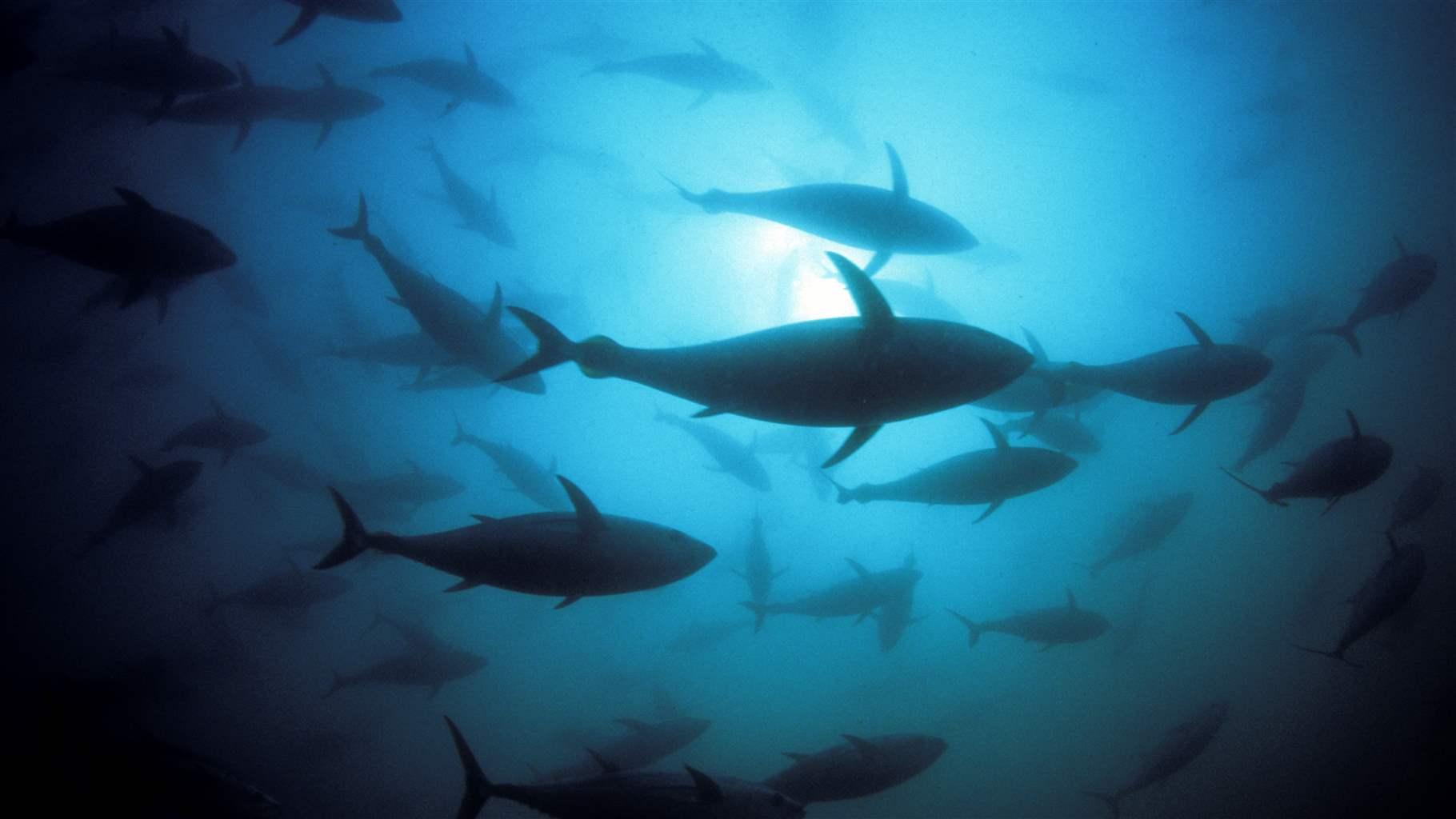Retailers Can Help Build a Sustainable Seafood Market
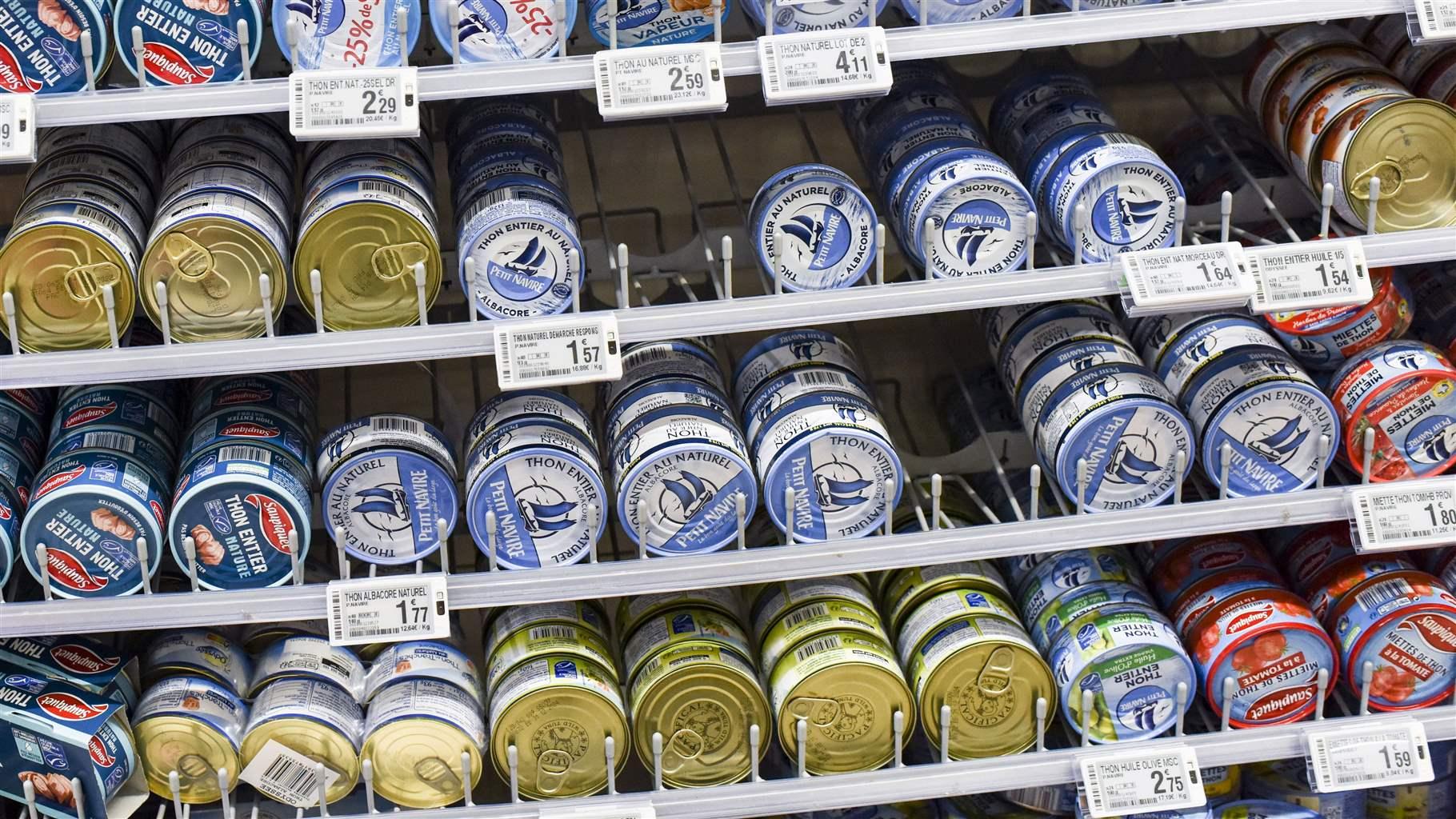
Marine fisheries are a significant component of the global economy; tuna fisheries alone are worth more than $40 billion annually. Species such as skipjack, yellowfin and albacore are central to staple and specialty food products, and seafood retailers have a major stake in ensuring that the management of these fish stocks is stable, transparent and sustainable and can meet the growing global demand for sustainably caught tunas and other ocean fish.
Regional fishery management organizations (RFMOs), the international bodies that manage commercially important fish stocks on the high seas, are made up of member States that have interests in fishing operations in the organizations’ regions of responsibility. Typically, country delegations include government officials, scientists and representatives from the fishing industry. But retailers need to do more to ensure that RFMOs also hear their voices—and those of their customers.
However, because the 17 RFMOs—which, combined, actively manage more than 130 stocks swimming in waters that cover more than 90% of the ocean’s surface—use different rules and oversee a range of species, seafood buyers and retailers may struggle to understand where management is strongest, where it needs improvement and how to influence decision-making. This guide offers insights into how RFMOs make decisions to help retailers identify ways to use their market power to champion critical change.
How retailers can engage with RFMOs
RFMOs have a mandate under the United Nations Fish Stocks Agreement to sustainably manage international fish stocks. Historically, however, they have struggled to balance the short-term goals of maximizing fishing yields with long-term priorities such as fishery health and market stability. Issues such as fishing allotments for each nation, fairness and equity—coupled with decision-making by consensus—often stymie progress.
Although some RFMOs have improved over time, more is needed. And seafood retailers—whose customers are increasingly interested in sustainability—can play an active role in driving that change. Retailers can advocate for changes at RFMOs by:
- Attending RFMO meetings. Supply chain engagement at RFMOs is unbalanced, with disproportionate representation by the catching and trading sectors, which can lead to outsized pressure on managers and governments to prioritize short-term fishing interests over long-term fishery health. Retailers can and should attend RFMO commission meetings and directly engage in the management process, using their buying leverage to secure key policies that protect the fisheries and ecosystems that are essential to their business.
- Contacting the heads of national delegations. Sending letters, emails or other correspondence to government officials in the countries from which retailers source—and in which they sell—their seafood in advance of RFMO meetings can help ensure that delegation members know that retailers prioritize responsible fisheries management when making sourcing decisions.
- Joining an industry coalition. Organizations such as the Global Tuna Alliance or the North Atlantic Pelagic Advocacy Group bring together interests from across the supply chain to amplify their voices, raise key industry concerns with managers and drive improvements at RFMOs.
- Engaging suppliers. Seafood suppliers are an extension of the retail business and should uphold their customers’ sustainability commitments. Retailers can insist that their suppliers pledge to use responsible sourcing practices and to advocate for strong fishery management rules at RFMOs.
- Updating sourcing policies. Develop internal rules that directly call for the adoption of precautionary fisheries management strategies and the strengthening of monitoring and compliance at RFMOs and provide financial support for piloting or implementation of innovative management approaches, where appropriate.
What should retailers ask RFMOs to do?
Management actions decided at RFMO meetings can have long-lasting effects on the seafood market and continuity of supply. Retailers can be instrumental in improving fisheries management by exerting pressure on RFMOs and member governments to adopt precautionary science-based harvest strategies, effective monitoring of fishing activities, robust compliance mechanisms and measures to address illegal, unreported and unregulated (IUU) fishing.
Adopt harvest strategies
Retailers can send a clear message that strong fisheries management must be a priority by calling on RMFOs to adopt an innovative management approach known as harvest strategies, also called management procedures, for all the fisheries they manage. Through direct outreach to RFMO delegations, engagement with suppliers and participation in industry coalitions, retailers can share the following key messages to advocate for harvest strategies.
- RFMOs manage many stocks using outdated, reactive decision-making that can put fishery health at risk. In traditional fisheries management, scientists use stock assessments to recommend catch levels, which are then subject to often slow, arduous quota negotiations. And when agreement cannot be reached, the RFMO is unable to act, which can lead to overfishing and stock depletion.
- Harvest strategies, by contrast, build consensus around long-term, precautionary objectives. Scientists, fisheries managers and the catching industry come together to agree on key management goals from the start, balancing profitability, stock stability, resilience to conditions such as a changing climate and other concerns. Once these stakeholders agree on the goals, scientists develop and test a harvest strategy using a rigorous modeling procedure. The harvest strategy uses the most updated scientific assessments to determine the actions that all the parties must take to achieve the agreed-upon objectives, eliminating the need for annual or biannual quota negotiations.
- With a harvest strategy in place, managers can respond swiftly and efficiently to changing conditions and ensure stock health. The process also frees up valuable time and resources for RFMOs to address other core responsibilities, including protection of vulnerable species and proofing of fisheries against emerging global threats. Furthermore, harvest strategies are better equipped than traditional management methods to address risk and scientific uncertainty surrounding stock levels, especially related to climate change.
Increase fisheries monitoring of vessels
Retailers can demonstrate their support for robust oversight of fishing activity by advocating for three key technological upgrades that expand capacity and reduce the ability of bad actors to skirt monitoring and enforcement. Electronic monitoring (EM) involves cameras and other data-gathering technology onboard fishing vessels; unique vessel identifiers are permanent digital “tags” that identify vessels, regardless of name or ownership changes; and vessel monitoring systems (VMS) use satellites to track vessel locations and activities across the ocean. To promote improved monitoring, retailers can provide financial support for EM trials in their supply chains, update their internal sourcing policies to ensure all fish are purchased from monitored vessels using unique identifiers and communicate key messages directly to delegation leaders.
- Current monitoring strategies do not provide RFMOs with all the timely, verifiable data they need to gauge the status of fish stocks and make appropriate management decisions. Most high seas fisheries monitoring programs rely on professional human observers working mainly on purse sein boats to gather information on fishing activities, such as catch amounts, types of species caught and interaction with bycatch species. But the limited reach of this approach means that RFMOS do not have a view of the full scope of activities on the water. This results in thousands of vessels fishing without external oversight.
- EM can expand monitoring capacity while also helping captains demonstrate compliance with RFMO rules and deterring IUU fishing and other illicit activity. Although greater observer coverage, particularly within the longline fishing sector, would improve monitoring, cost and a shortage of human observers have severally restricted RFMOs’ ability to increase oversight. EM is an affordable strategy that is proven to expand monitoring capacity and ensure that vessels accurately track and report catch, bycatch and fishing effort, such as how much time a boat spends fishing.
- Unique identifiers and VMS reduce the opportunity for illegal fishing activity and improve reporting of fraudulent catch information. Requiring every vessel to have a unique, unchangeable identification number and VMS with near real-time reporting provides a safeguard against unscrupulous actors who may purposefully send false or manipulated data to authorities.
Strengthen compliance mechanisms
Retailers can help ensure that RFMOs implement and enforce compliance procedures to verify adherence with the management rules and practices that protect fisheries and ocean health. RFMOs are responsible for drafting measures and rules to manage fisheries within their jurisdiction, but individual member States implement these rules for all vessels under their flag. Compliance committees within RFMOs ensure that flag States and vessel operators follow their organization measures. Retailers can advocate for effective compliance procedures by attending RFMO meetings, communicating with delegations from member States and joining industry organizations.
- Not all compliance mechanisms are adequate to effectively monitor the behavior of fishing nations and fleets or identify and prevent harmful activities. RFMOs can take basic steps to improve what already exists, particularly when it comes to implementation, and to begin the process of strengthening enforcement.
- RFMOs must prioritize the development and implementation of clear compliance procedures. RFMOs should ensure that member States understand their obligations and have the capacity to effectively implement compliance measures. RFMO members also must support one another in building capacity so they all have the necessary resources to implement compliance requirements equitably.
- Member States must comply with all relevant measures. These include collection, reporting and review of compliance data.
- All parties must promote transparency across the compliance review process and establish appropriate follow-up procedures. RFMOs and their member States must commit to timely and regular review of vessels’ and flag States’ compliance ratings and develop consequences for violations and incentives for good behavior.
Fight IUU fishing
Many industry members, particularly buyers and retailers, recognize the need for better seafood traceability to ensure transparency and sustainability for businesses and their customers. Retailers can and should demand strong action to combat IUU fishing by calling on RFMOs to adopt catch documentation schemes (CDSs), which track fish as they are caught, transported, farmed and traded throughout the supply chain, and to maintain and share up-to-date lists of vessels identified as engaging in IUU activities. Retailers should call on the RFMO delegations from the States where they do business to take immediate and decisive action.
- IUU fishing threatens businesses’ ability to meet consumer demand, puts people on the water at risk and endangers stocks and ocean health. Tunas caught within the areas overseen by the five major tuna RFMOs are worth more than $40 billion each year, but IUU fishing costs the global economy nearly as much—up to $36.4 billion annually. By strengthening efforts to combat IUU activities, RFMOs can ensure that fishers and businesses that follow the rules reap the benefits, while minimizing ecological and economic harm.
- CDSs are among the most effective tools to help combat IUU fishing. Well-designed CDSs improve seafood traceability and help verify the legality of fish catches as they transit through often-complex international supply chains.
- RFMOs must adopt CDSs and ensure consistency in their design. Only with widespread use and standardized structures can RFMOs ensure that national authorities and the seafood industry can implement CDSs effectively.
- IUU vessel lists are a powerful enforcement tool. Most RFMOs and member States keep lists of the vessels they have identified as engaged in IUU fishing. These lists can provide critical information for inspections—especially in ports where authorities can deny entry and services and so prevent IUU products from reaching the market.
- Lists must be current and based on the latest information. RFMOs should regularly update their IUU vessel lists and agree as part of that maintenance to review any evidence of IUU fishing, including any gathered by NGOs.
- RFMOs and member States must better share and align their IUU lists. Developing a common list, or mutually recognizing existing lists, and making that list publicly available would be a crucial step towards closing the net on unscrupulous operators across the globe.
Conclusion
The tools to enhance fisheries governance are available, but RFMOs and member States have not consistently or comprehensively implemented them. The retail market for tuna and other high seas fish species can be a catalyst for meaningful improvement in fisheries governance and accelerated adoption of core conservation measures at RFMOs. Through robust sourcing policies and continued engagement with policymakers, retailers can drive the changes needed in fisheries management, provide the sustainable seafood their customers want and help protect fish stocks and ocean health for the future.


America’s Overdose Crisis
Sign up for our five-email course explaining the overdose crisis in America, the state of treatment access, and ways to improve care
Sign up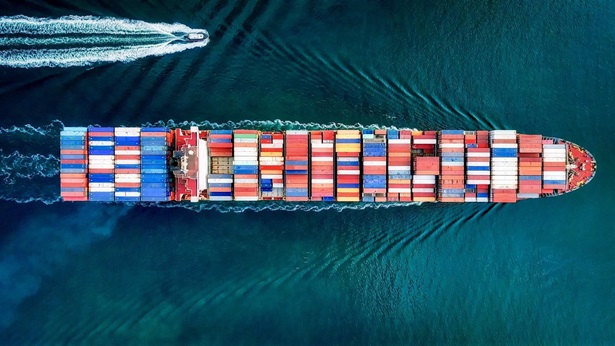
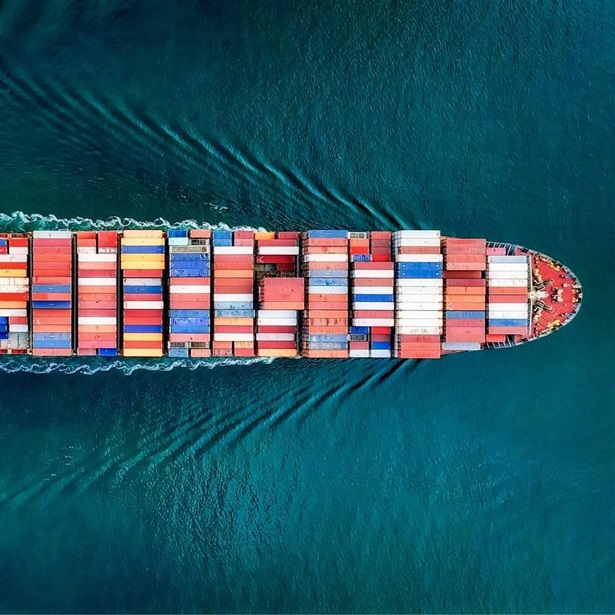
The Role of the Seafood Supply Chain in Sustainable Fisheries
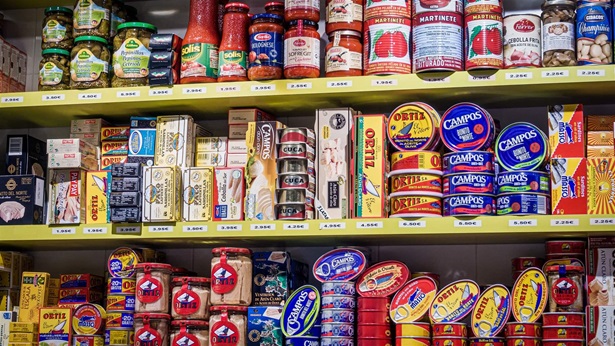
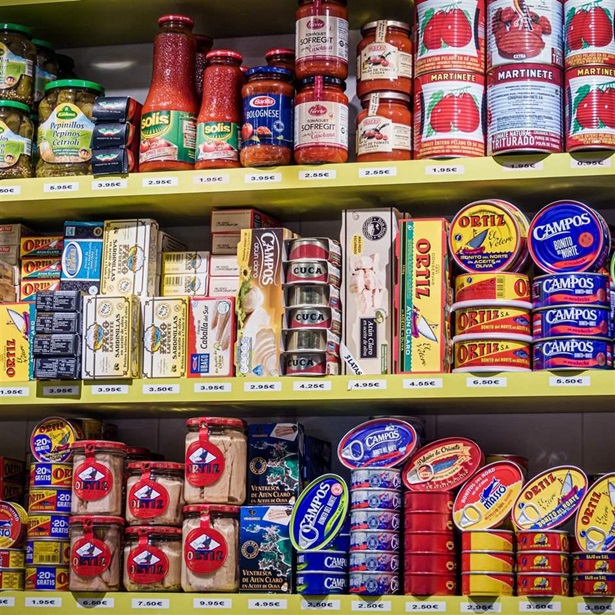
Seafood Retailers Can Build on Sustainability Commitments
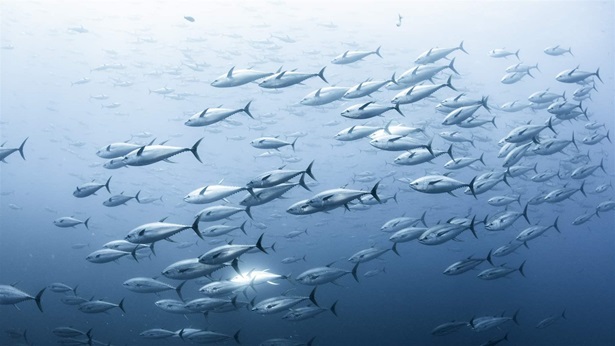
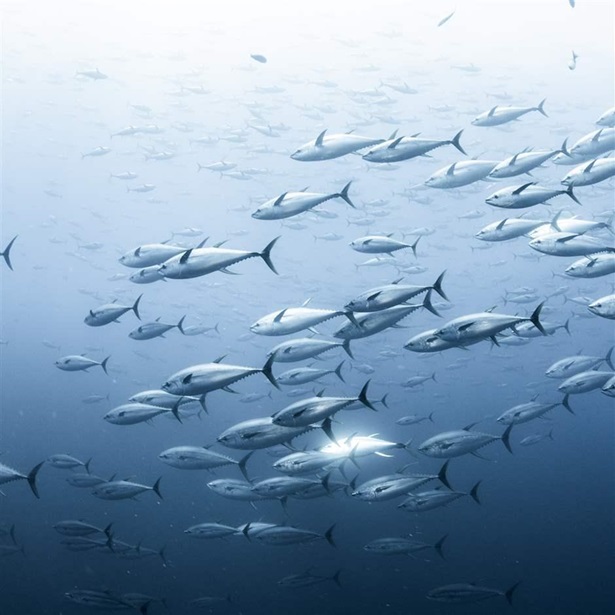
Harvest Strategies Toolkit


